Learning about Mars in the Metaverse
With 73% of the students engaged in remote learning after the pandemic, there’s a pressing need for universities to focus on digitizing education.
Over the past years, the buzz around the Metaverse has peaked, and with corporate giants like Meta, Microsoft, and Google pouring in billions’ worth of capital and R&D, the value creation opportunity from the metaverse is huge.
The Immersive Learning Project by Meta (ex-Facebook), involving the launch of virtual campuses of 10 universities in the metaverse, is among the many other initiatives that will be the building blocks of virtual learning spaces.
This rapid advancement presents a great chance for institutions to explore better alternatives for supplementing remote learning and opt for interactive, experiential learning via Metaversities — virtual universities built on the metaverse.
In this article, we take a deep dive into how Metaversities can transform remote learning and what are the challenges ahead. We will explore the following:
- The underwhelming impacts of existing remote learning solutions
- Why Metaversities need to replace Zoom sessions
- How Metaversities can revolutionize remote learning
The underwhelming impacts of remote learning
While the shift to remote learning over the last few years was transformative, the outcomes were quite underwhelming. At best, it was a subpar, temporary replacement for in-person college experiences and learning.
A WEF report stated that 92 million students had applied for online courses in 2021. And the COVID-19 lockdown impacted 91% of students worldwide. Though remote education was useful and necessary, the lack of social interaction and hands-on experience led to a negative impact on student engagement.
The students suffered from what they call ‘The Zoom Fatigue’ from staring at their computer screens for hours. There was a clear decline in productivity and concentration levels and little to no practical and social experience.
A McKinsey & Company study stated that the global costs of pandemic-related learning delays could reach $1.6 trillion by 2040, which is 0.9% of the world’s GDP!
For the teachers, the learning curve was steep as they had to adapt to newer teaching methodologies and technologies within a short span of time. There were also increased instances of stress and course-related pressure among the students, teachers, and academic staff.
Why do Metaversities need to replace Zoom sessions?
Metaversities or virtual campuses of physical universities use AR/VR tech to provide students with an immersive, hands-on experience and much-needed collaboration absent in existing remote learning spaces.
Several universities are in their initial stages of exploring metaverse-related use cases.
For instance, the University of Maryland Global Campus (UMGC) is one of the Metaversities being built under Meta’s flagship project. It will host over 45,000 students in its virtual campus, which will have buildings, grassy lawns, and even a duck pond. Students will be able to access the virtual campus via headgear or through their 2D computer screens.
Morehouse College Atlanta, where a Metaversity pilot program was launched in 2021, and Fisk University already own a virtual campus and have students attending anatomy classes using their digital avatars.
Axon Park has also built a Metaversity where students can harness the power of immersive learning in the metaverse.
Education is a great use case for the metaverse, and with remote learning becoming a norm, the key concerns of universities and institutions will be improving student engagement and enhancing learning experiences.

A classroom in Axon Park
How can Metaversities revolutionize remote learning?
Built in the metaverse, these digital universities will likely be the stepping stone to bolster next-gen education. Let’s see how.
Interactive curriculum and practical learning to help in better understanding of topics
Avatars and other AR/VR tools in the Metaversity can enhance the physical-world experience, assisting in interactive, experiential learning. There are studies to prove that virtual interactions help students stay more connected and involved in the campus community, despite being physically distant.
On average, it takes 5 years for a bachelor’s graduate to get a job in Kenya due to the lack of practical experience and better training opportunities. World over, too, there’s a clear gap between what a student learns in their graduation and the skills required to obtain a job, making acquiring employment equally tasking.
Metaversities can be the nucleus of all job-related training via corporations collaborating with these virtual universities to incorporate market-relevant digital skills in the students.
Inclusivity and equal opportunity for all
Metaversities are the key to bridging the digital divide and allowing students with varying degrees of accessibility to come together and learn. Since virtual avatars are customizable and digitally enhanced, students from across the globe can equally participate in class proceedings or interactive discussions.
These campuses will integrate tech with the social and cultural aspects of education. A student from any part of the world would have a universal virtual experience of learning concepts in real-life situations, simulated and enhanced digitally.
Less bias and greater accessibility
For developers, accessibility is a big factor while designing metaverse applications. This will make Metaversities safer and more welcoming for students of varying backgrounds and cultures.
University life isn’t an easy phase for many students, given the bullying from students, bias from staff, and the constant pressure to perform. Often many bright students find themselves in harsh situations and aren’t able to cope well.
Metaversities might help to lessen these concerns via avatars and other AR/VR tools, like voice-changing apps, physical enhancements, etc., which can level up the virtual experience and lessen the friction in virtual classrooms.
Virtual Campuses may also use AI/ML tech to recognize bullying and other non-acceptable behaviors within its premises. The campus will train itself to catch such offences and remove other biases from its processes.
Improved results via gamification of learning motives
Institutions can introduce game-like environments in the metaversity for students to learn in a fun and engaging way. Universities may even consider offering monetary rewards in the form of virtual currencies or certifications in the form of NFTs to keep the learning spirit high and competitive.
Human interaction, when combined with the use of algorithms, machine learning, and gamification, will make the learning process more fun and interesting. Morehouse College’s VR history class recorded a 10% increase in student grades. These grades were much higher than what students obtained in the class taught via Zoom and a face-to-face session that had happened previously.
Metaversities can also capture the data of the learning performance of students to gain insights and tailor learning experiences that students are most responsive to.
Is the EdTech sector ready for the digital frog leap?
Metaversities will be the hubs of all online learning in a few years, seamlessly combining our digital and physical lives. The limitations of metaverse campuses, including data privacy concerns and the persistent lack of real-world contact, are yet to be tackled.
But it’s almost certain that Metaversities will play a crucial role in improving and transforming remote learning such that these Metaversities would become the focal points of learning activities happening virtually.
At Axon Park, we are making sure universities can be an early mover and make the most of this upcoming trend in education.



